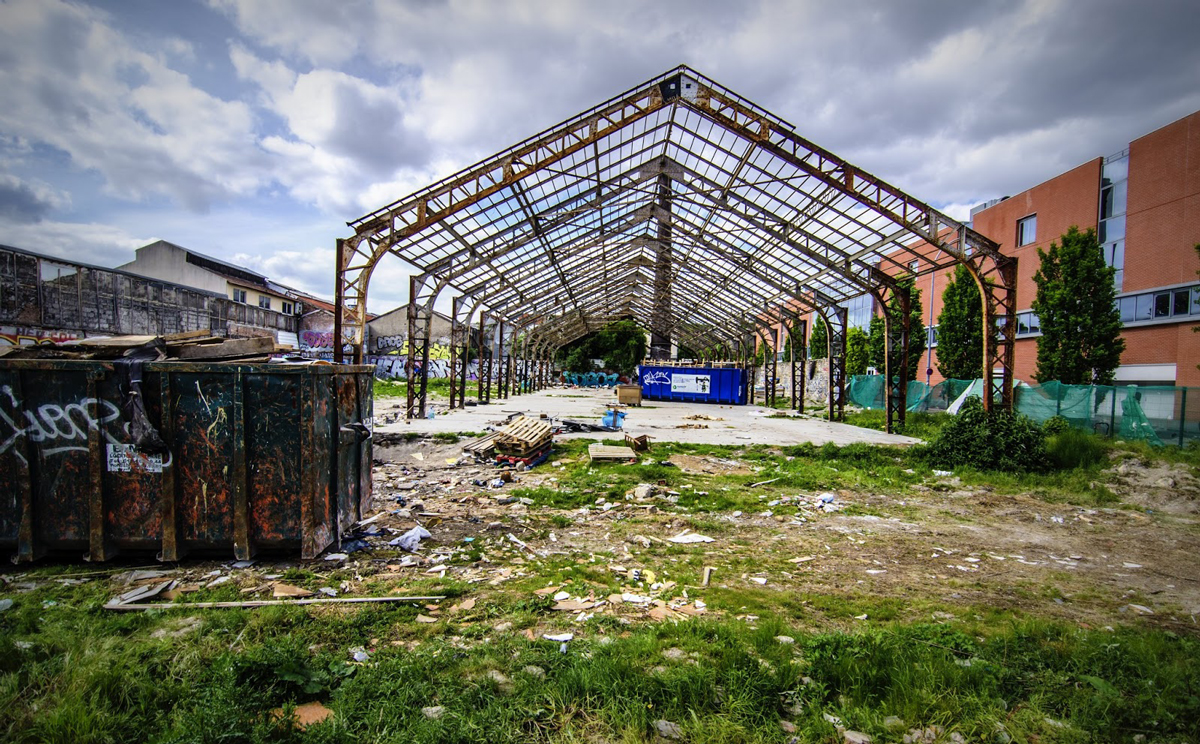Posters
Posters

Reduce Reuse Recycle Rethink?
Steve Robertson – 2011
Not all waste is created equal. Even after we’ve reduced, reused and recycled what we can, there may still be material left. There’s no getting away from the fact that some of it might still be best off in a landfill and some might be most useful if we burn it for energy. Crucially, though, Some types of material that we call “waste” could still be useful if we rethink what we use it for…
Soil Robusters
Jonathan Asquith – 2011
Three areas of study are being focused on in the ROBUST project: the geotechnical and geochemical properties of contaminated soil with the addition of waste minerals and the computational modelling of both these aspects.
Rethinking Waste
Steve Robertson – 2010
So, you’re a business and you’ve carried out a useful industrial process: let’s say you’ve treated drinking water to remove traces of metals that might make it taste funny. You’re finished the process and you’re left with the material that made up your filter. What if it turned out that some of the materials you’d used in your water filter had other useful chemical properties?
Mangan-ate Us
Steve Robertson – 2010
A quiet evening in Durham and contamination goes about its dirty business on small, low value brownfield sites that may, or may not, affect the health and wellbeing of those living nearby. Screaming low over the horizon, the peace is shattered by the arrival of ROBUST.
Fighting Dirty
Nina Finlay – 2010
Brownfield land is land which has been built on, or had industry on it in the past. This means that there may be spots of contamination like oil and diesel left in the ground, and these must be cleaned up before we can use the land safely again.
In the UK, we need to re-use brownfield land to make the best use of space and prevent our green countryside from being built on. However, cleaning up contaminated land can be very difficult and expensive.
Sustainable Remediation of Contaminated Land Using Recycled Minerals
ICENV 2010
Manganese oxides are important natural oxidising agents that can sorb metals, facilitate the breakdown of organic contaminants and potentially enhance humification of natural organic matter. However, the competitive sorption effects when both metals and organics are present at the Mn oxide surface are not yet well understood. This study aims to characterise the sorption and oxidation processes in systems containing Mn oxide, metals (Pb or As) and organic contaminants (anthracene).
Regeneration of Brownfield Using Sustainable Technologies
Proposal
he Government has created unprecedented demand to recycle brownfield land {estimated to be 300,000 ha by the Environment Agency). Novel solutions are required to remediate both high-value brownfield land, where a large proportion of new builds will take place, and also low-value brownfield where, whilst there are few financial incentives to remediate, there are negative effects on community health and wellbeing. There is a pressing need for novel low-cost sustainable technologies to make both low and high-value brownfield land safe.

